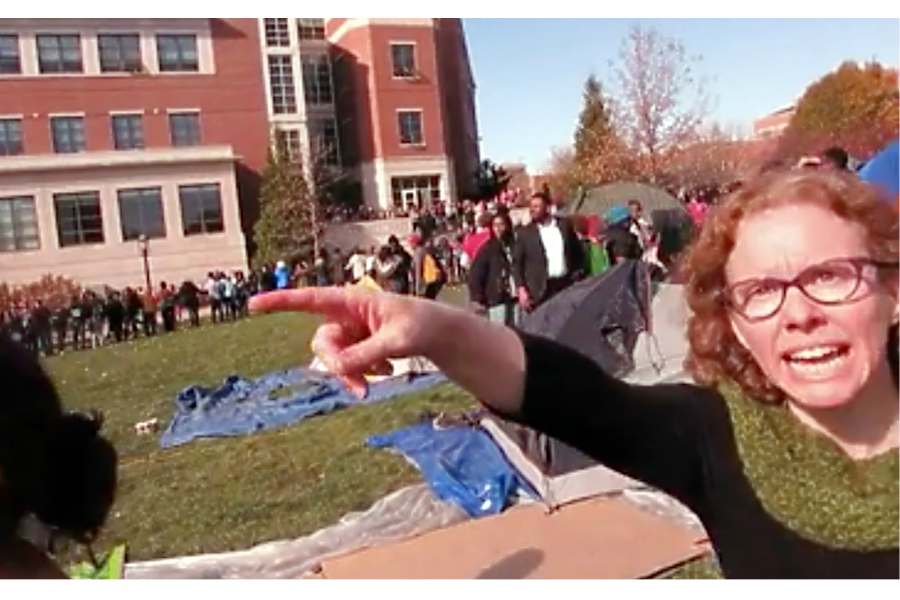Should colleges provide ‘safe spaces’?
Loading...
| New York
The notion of a campus “safe space,” which has seen much ink and ridicule, is nothing new, says Louie Dean Valencia-García.
The teaching fellow at Fordham University in New York has studied student protest movements from those in Franco’s fascist Spain to “Occupy Wall Street.” The term “safe spaces” was first used by gay men facing ridicule and violence in the 1960s, as well as by young feminists being derided in classrooms.
“It was a response to hate, and trying to find a place that was safer than those they were experiencing on campuses,” Mr. Valencia-García says.
The idea has been revived by minority students at dozens of colleges.
After protests at Claremont McKenna College in California last fall, after which some administrators resigned, the president responded to student demands, promising a resource center organized around diversity and inclusion.
Students in other colleges in the Claremont system advertised campus meetings via Facebook “only for people of color and allies that they invite. Please feel free to come and use the space for whatever you need – decompress, discuss, grieve, plan, support each other, etc. In solidarity.”
Mark Naison, professor of African and African-American studies at Fordham for more than 45 years, is a bit worried about the idea’s proliferation. “The university is a place where there’s debate, discussion, disagreement, fierce controversy, and that is more important than students feeling safe,” he says, echoing many conservative critics.
While Professor Naison says students absolutely should be safe from intimidation, insult, and being singled out, he says it wasn’t easy for him as a working-class kid from Brooklyn attending an Ivy League school.
“I had to struggle, so toughen up,” Naison says, recalling his own days at Columbia University in the 1960s. “A lot of my peers, black and white, feel the same way toward this, I will tell you. If you want to be in a safe place, don’t go to a university.”
Next: On campus, a new civil rights era rises
Clarification: This article has been updated at the request of Claremont McKenna College, to clarify that they did not characterize their diversity and inclusion resource center as a "safe space."








